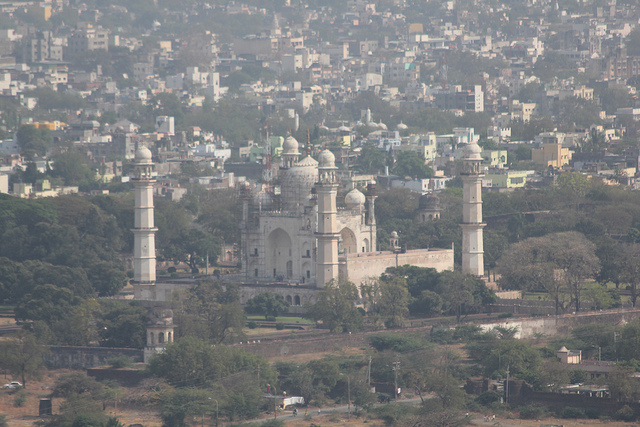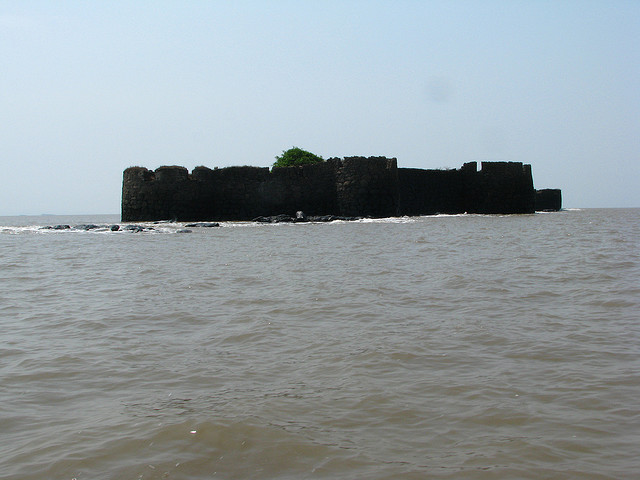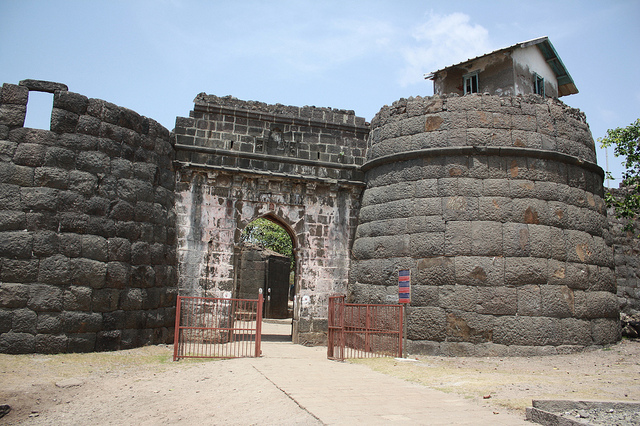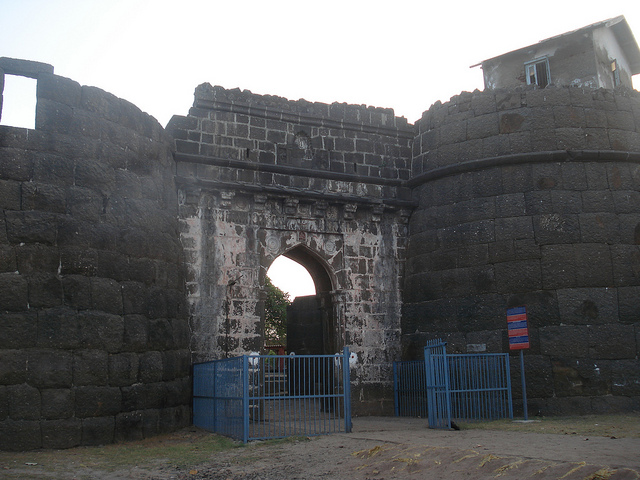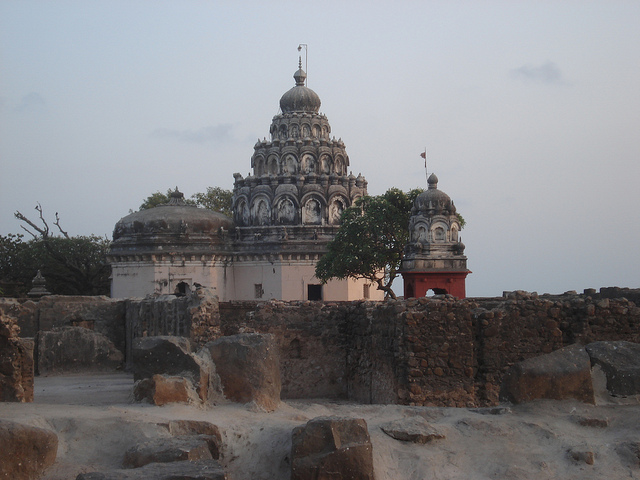Naukonda Palace
When Nizam Ali Khan was at Aurangabad, he occupied the Naukonda Palace. The whole building is in ruins now. The palace consists of 5 zananas. It also consists a Dewan-i-Am, a Dewan-i-Khas, a masjid and a Kachari. Each section of the palace is provided with a garden and a water tank.
The central part of the palace is in a good state. Also a hamam meaning hot bath which is attached to the palace is also in a fine shape. The wood work and the ornament plaster are missing. The kachari consists a gadi of the Nizams.


